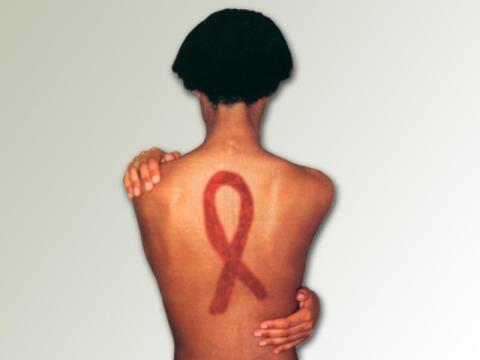Electronic Aggression: Any type of harassment or bullying (teasing, telling lies, making fun of someone, making rude or mean comments, spreading rumors, or making threatening or aggressive comments) that occurs through email, a chat room, instant messaging, a website (including blogs), or text messaging.
Technology and adolescents seem destined for each other; both are young, fast paced, and ever changing. In previous generations teens readily embraced new technologies, such as record players, TVs, cassette players, computers, and VCRs, but the past two decades have witnessed a virtual explosion in new technology, including cell phones, iPods, MP-3s, DVDs, and PDAs (personal digital assistants). This new technology has been eagerly embraced by adolescents and has led to an expanded vocabulary, including instant messaging (“IMing”), blogging, and text messaging. New technology has many social and educational benefits, but caregivers and educators have expressed concern about the dangers young people can be exposed to through these technologies. To respond to this concern, some states and school districts have, for example, established policies about the use of cell phones on school grounds and developed policies to block access to certain websites on school computers. Many teachers and caregivers have taken action individually by spot-checking websites used by young people, such as MySpace. This brief focuses on the phenomena of electronic aggression: any kind of aggression perpetrated through technology—any type of harassment or bullying (teasing, telling lies, making fun of someone, making rude or mean comments, spreading rumors, or making threatening or aggressive comments) that occurs through email, a chat room, instant messaging, a website (including blogs), or text messaging.
Caregivers, educators, and other adults who work with young people know that children and adolescents spend a lot of time using electronic media (blogs, instant messaging, chat rooms, email, text messaging). What is not known is exactly how and how often they use different types of technology. Could use of technology increase the likelihood that a young person is the victim of aggression? If the answer is yes, what should caregivers and educators do to help young people protect themselves? To help answer these questions, the Centers for Disease Control and Prevention, Division of Adolescent and School Health and Division of Violence Prevention, held an expert panel on September 20-21, 2006, in Atlanta, Georgia, entitled “Electronic Media and Youth Violence.” There were 13 panelists, who came from academic institutions, federal agencies, a school system, and nonprofit organizations who were already engaged in work focusing on electronic media and youth violence. The panelists presented information about if, how, and how often technology is used by young people to behave aggressively. They also presented information about the qualities that make a young person more or less likely to be victimized or to behave aggressively toward someone else electronically.
Electronic Media and Youth Violence, a 1-hour online continuing education course, was developed for educators and caregivers and summarizes what is known about young people and electronic aggression and discusses the implications of these findings for school staff, educational policy makers, and caregivers.
Related Articles:
- Kids asleep, but still texting (psychologytoday.com)
- The Unintended Consequences of Cyberbullying Rhetoric (zephoria.org)
- Children stalked by corporate media (infocult.typepad.com)




